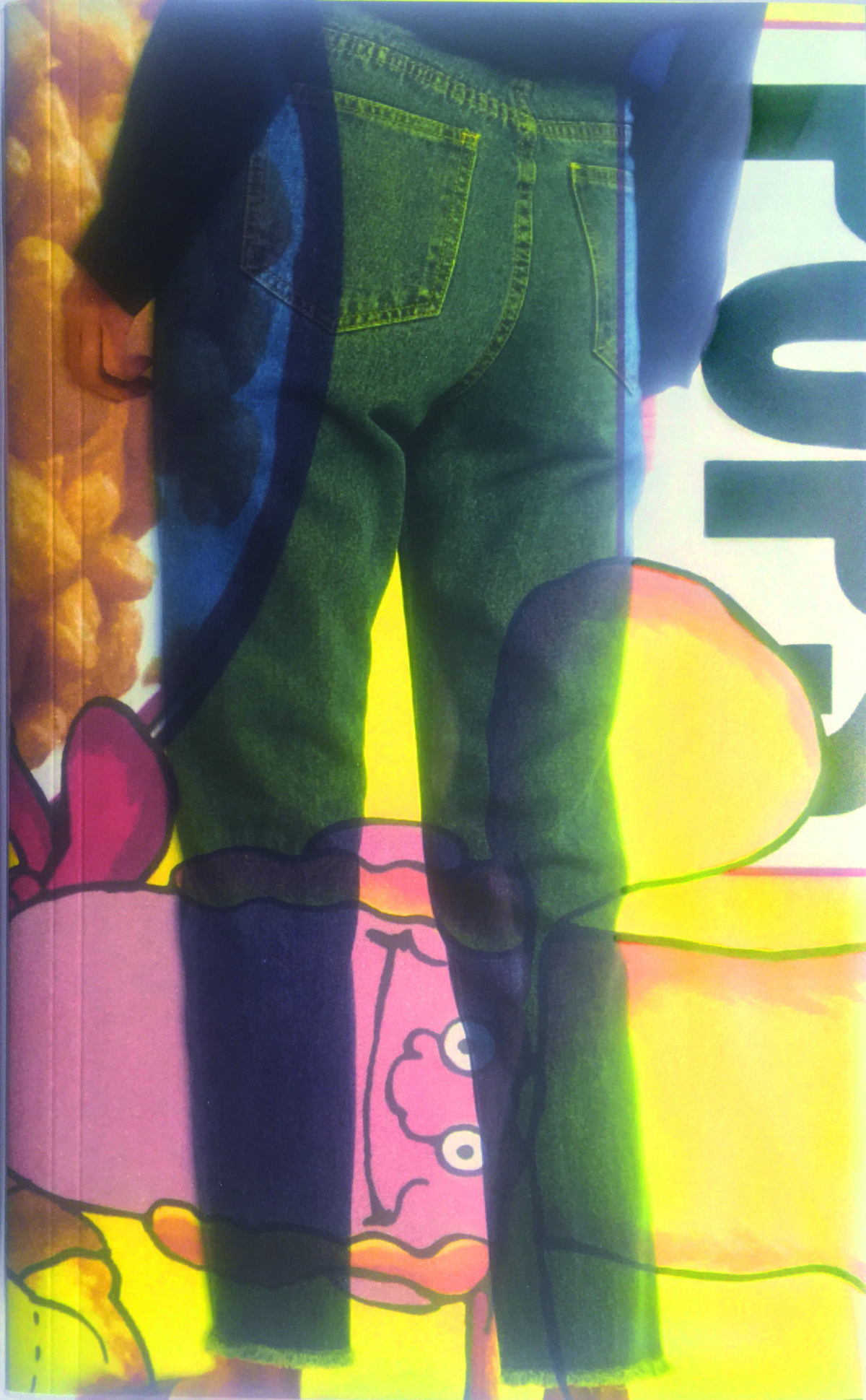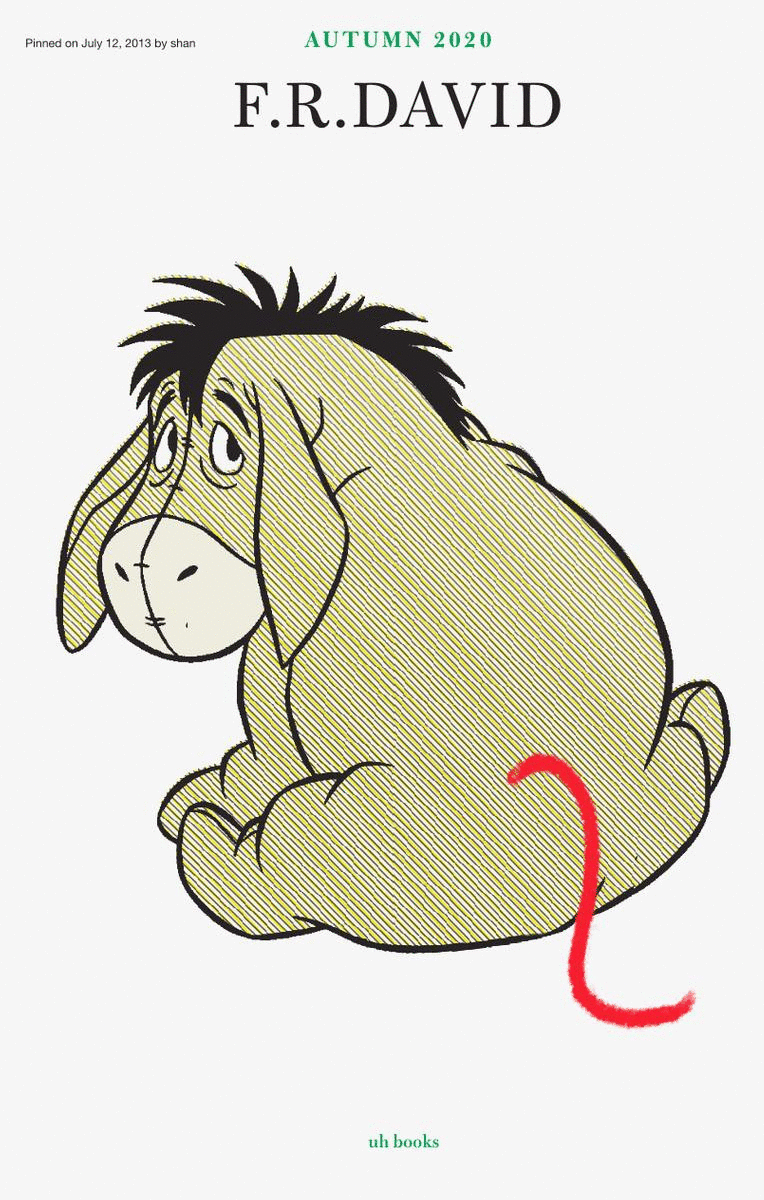“As a student nurse learning medical terminology, I became fascinated with understanding the roots of words. When I had a young family, words were a principal source of entertainment: it was not unusual for one of the children to slip from their chair at the dinner table and fetch a dictionary in order to settle a dispute or satisfy someone’s curiosity. Then I became a teacher and brought this love of words into the classroom. My habit of word collecting became the children’s habit – my pupils became ‘word-lovers’ and ‘list-makers.’
I casually collected homophones for years. When introducing homophones into the classroom, the kids found definitions dull; the typical reaction was, ‘Yes, but give me a sentence using the word!’ and this idea emerged: a book of sentences demonstrating the meanings of homophone pairs or sets.”
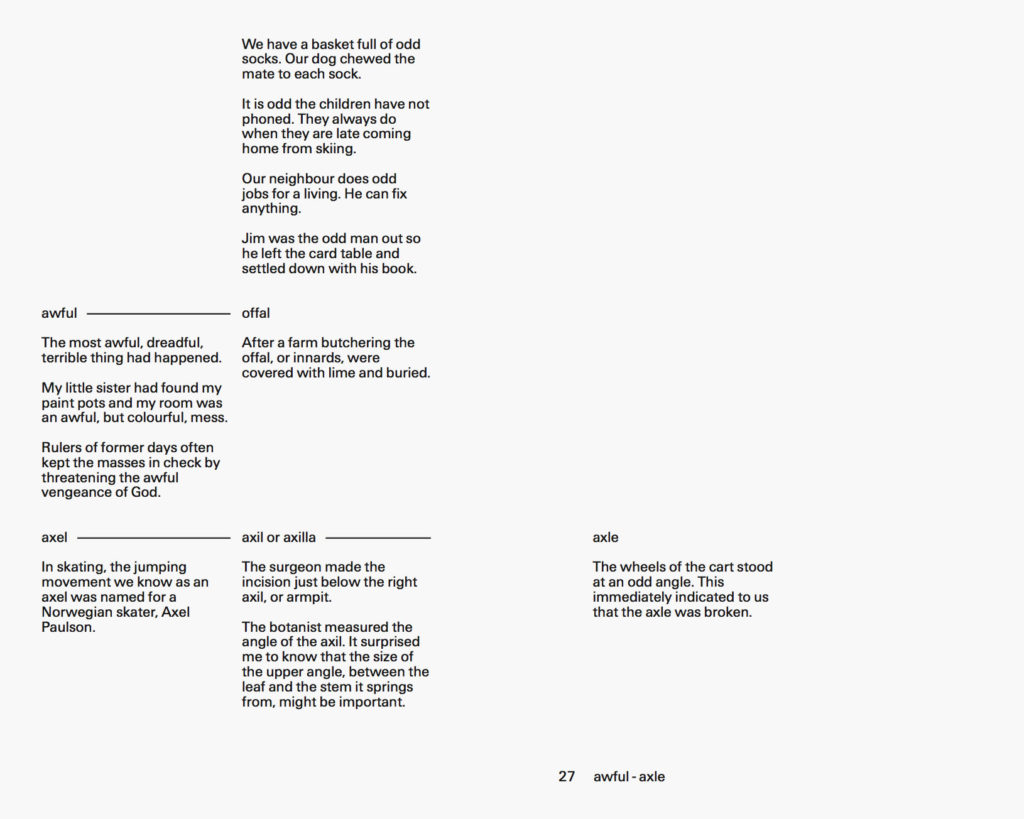
“The sentences reflected my own life experiences: my girlhood on a Saskatchewan farm during the Depression; my years as a nurse, parent, and teacher; my college major in geography; and my interest in politics. To supplement these personal topics, there were many calls to family and friends – to my art-historian daughter, my pilot son and nurse daughter-in-law, to my veterinarian son and his business-professor wife, my retired-teacher friend, and my best friend’s fisherman husband. They were bombarded with questions like: How is this word used as a noun? This is a flying word, can you help me out here? Can you give me a sentence that shows how a surgeon would use this? […]”
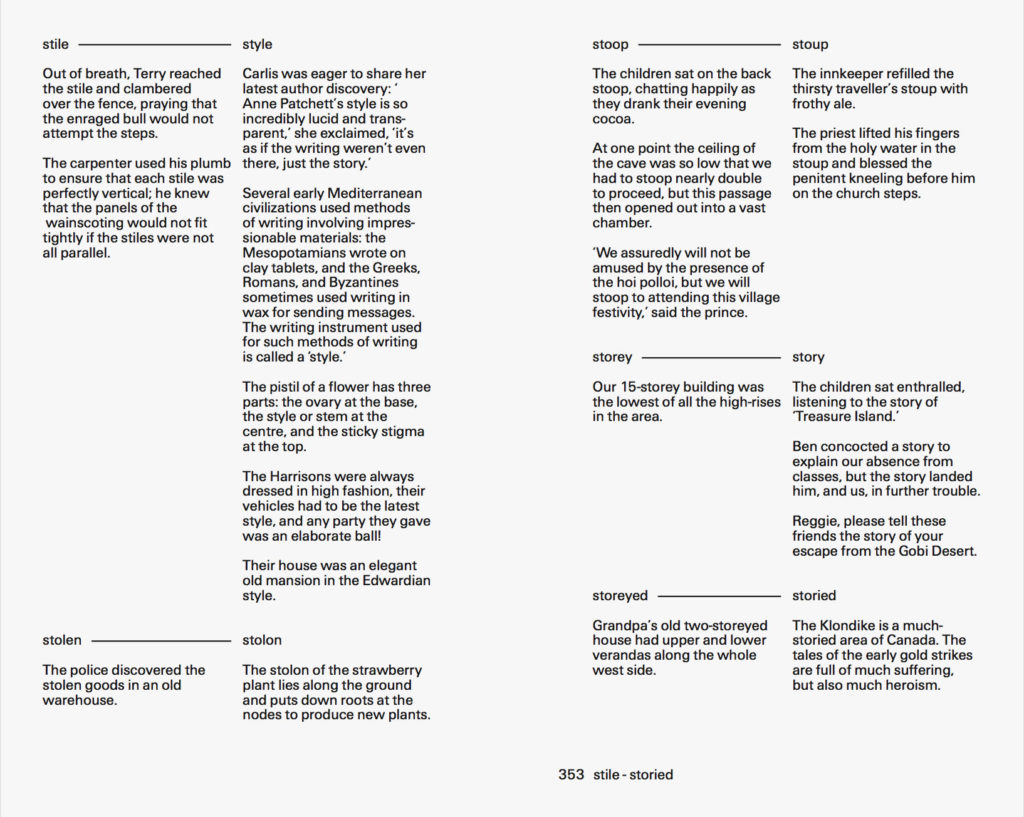
“There are a few other things that I would like to share.
First of all, I would like to clarify the book’s terminology. In my earliest years of teaching, the term ‘homonym’ was applied more broadly than today’s precise usage: the words we once studied as ‘homonyms’ are usually ‘homophones’ — words that sound the same but have different meanings and, typically, different spellings and derivations. The term ‘homonym,’ on the other hand, is now consistently limited to the various meanings of a single spelling. In this book I have only included homonyms when they are contained within a larger homophone set.
Secondly, this book does not contain an exhaustive list. […]
Finally, although the format is structured, there’s little concern for conserving a consistency of style in the sentences – some are long, some are short, some are serious, some are silly.”
(from Afterword: “I have always loved words” by the author)
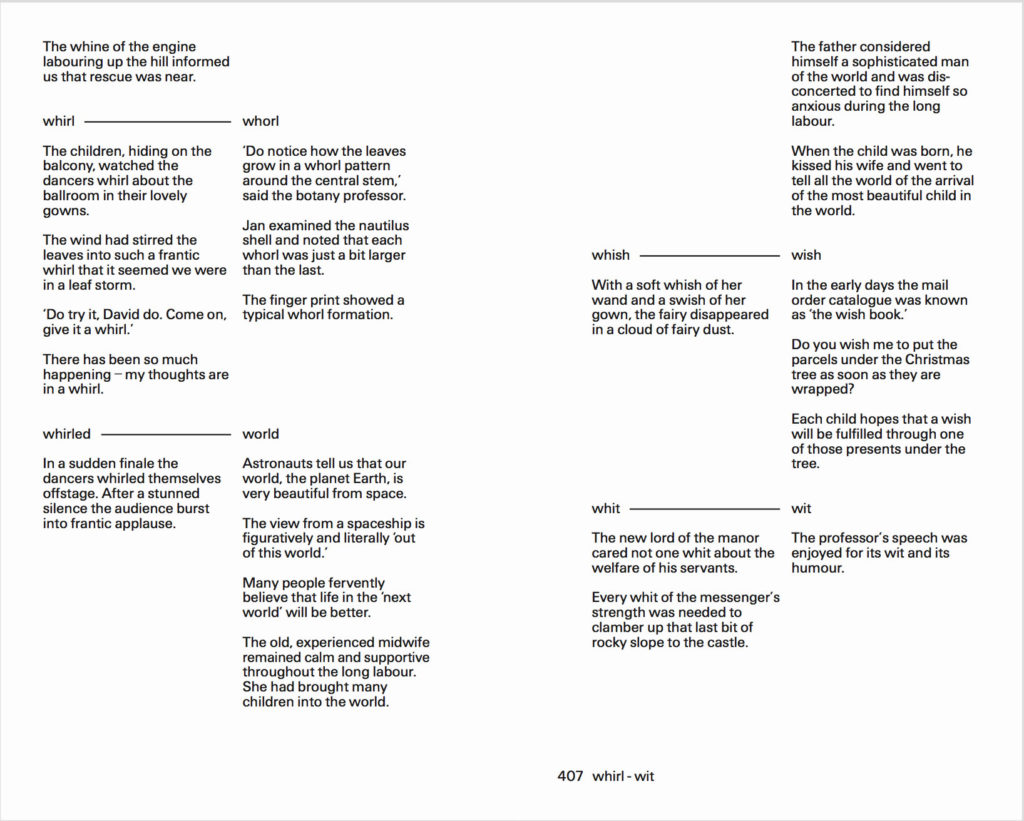
Author: Sue Nixon
Editor and typesetting: Riet Wijnen
Copy editor: Janine Armin
Design: [Linda, at] Mevis & van Deursen
133 x 213mm, 424pp b/w, with full-colour cover with clear acetate dust-jacket printed in full-colour.
This publication was [intitated by Riet Wijnen, and] realized as part of the Ruisdael- Stipendium [awarded to her in] 2018 and made possible with the financial support of kunstwegen; State of Lower Saxony; Landkreis Grafschaft Bentheim; City of Nordhorn; and Mondriaan Fonds.
EU 15 (excluding postage)
Buy now (through rile*)

